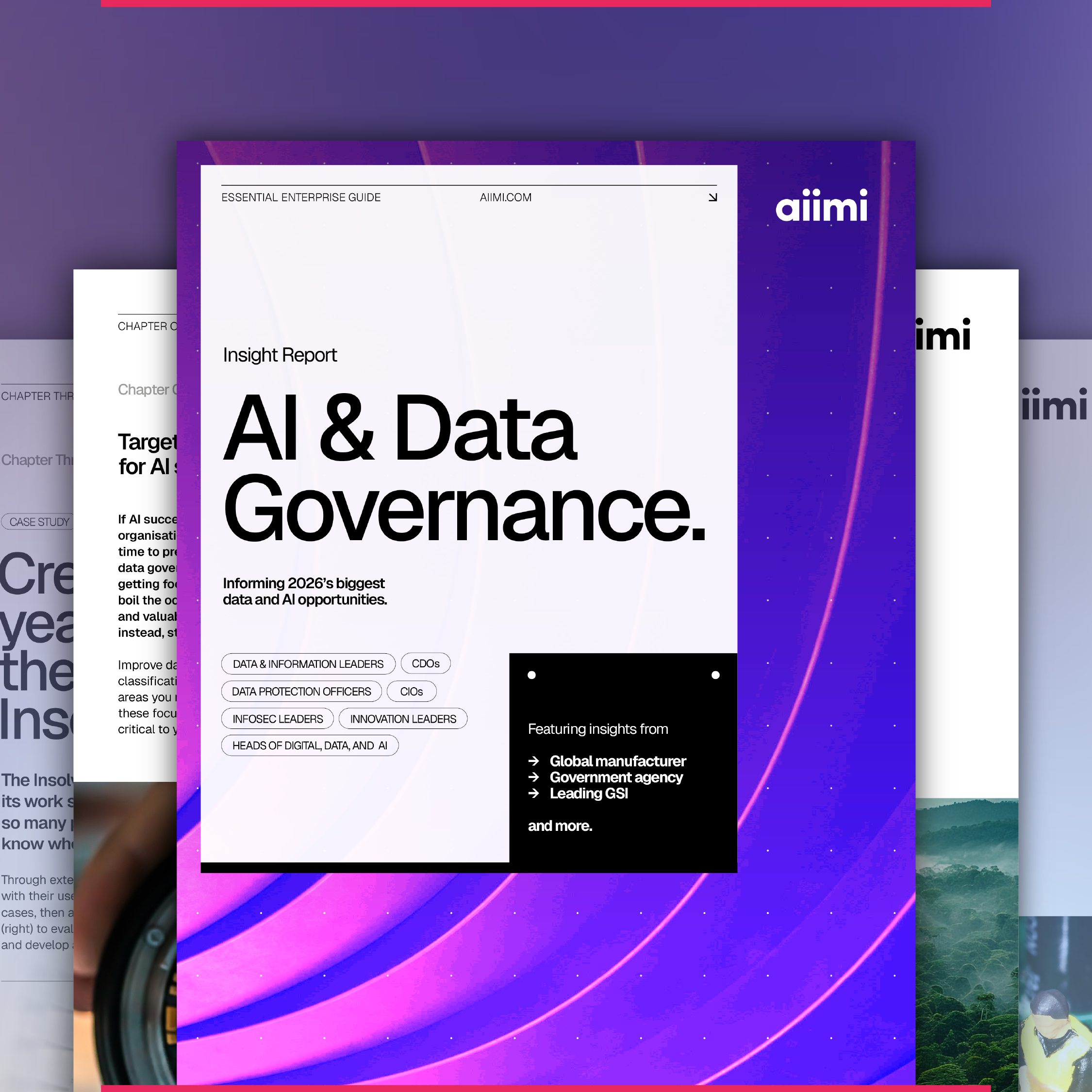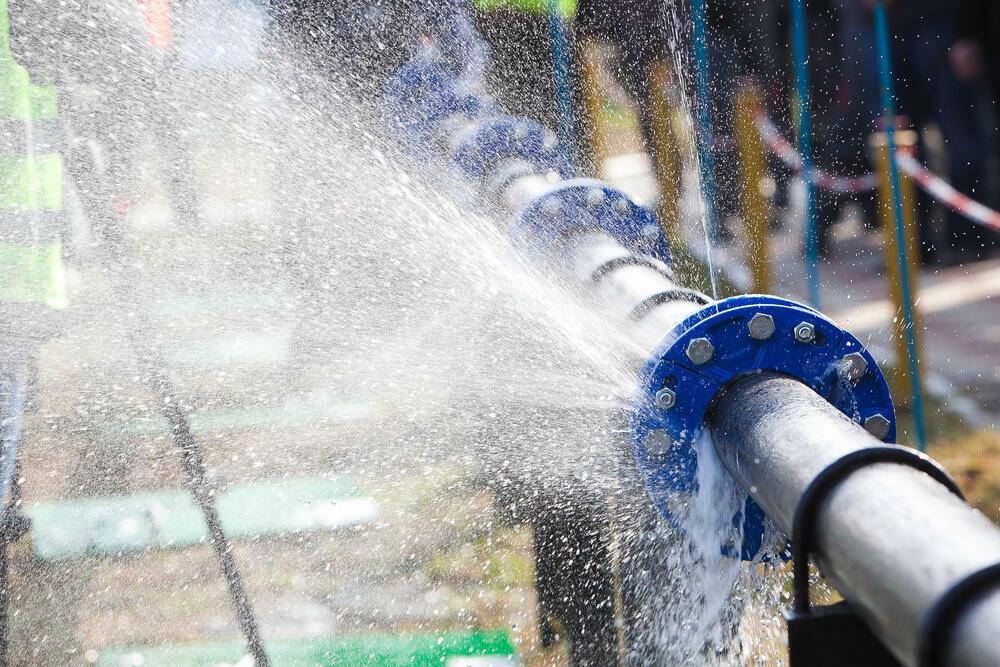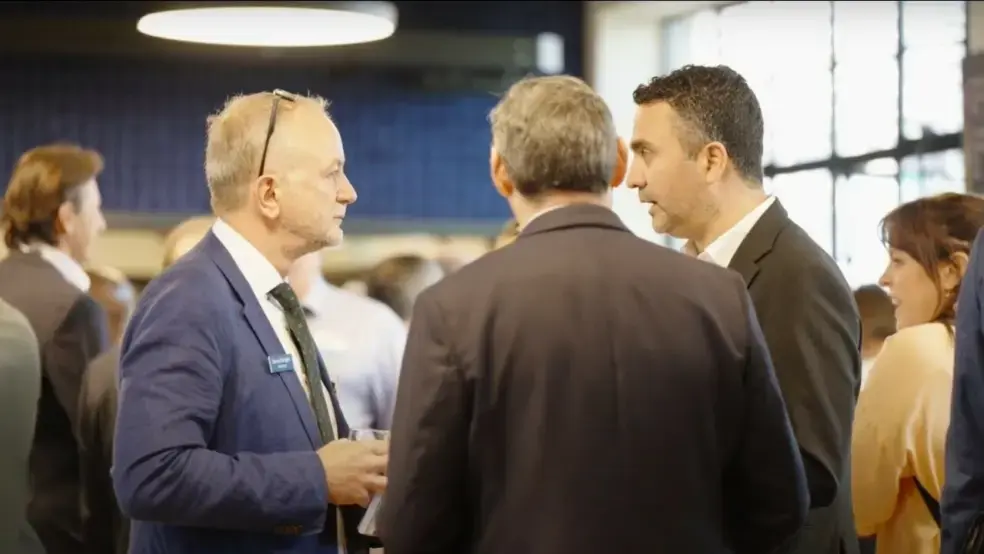Network Analytics for Novel Hydrophones

For the past year, I’ve had the privilege of working in Anglian Water’s Water Industry Award-nominated data science team.
As part of this team I’ve been involved in a range of exciting projects. One of the projects I have been most involved in centres on the roll out of an innovative new type of Internet of Things (IoT) hydrophone sensor, a tool which has the potential to revolutionise leakage detection. The technology uses correlations between multiple sensors to detect leaks, and shares the findings via 3G networks. To make the most of these devices, their positioning in the water network is critical. During the initial stages of trialing this technology, the Optimisation Team mapped out sensor locations manually, and it could take up to a whole day for an experienced analyst to map one District Metering Area (DMA). Given that Anglian Water cover over two thousand DMAs, it was clear that this approach would not be sustainable moving forwards.
The Optimisation Team approached us for a solution to their sensor placement problem. We sat down and discussed with the analysts how they go about placing sensors, and factors they must consider, including:
Hydrophone correlations are most effective along the shortest paths between sensors
Different pipe materials have different maximum correlation distances, so both pipe length and material must be factored into calculations
Following my discussion with the analysts, I developed a Python script to determine optimum sensor placement. Often people treat data science and machine learning as synonymous (even me), but this solution is a great example of data science without machine learning. At its heart the solution is an implementation of Dijkstra's algorithm.
After some back-and-forth testing with the Optimisation team to refine the script’s logic, we were ready to start using the placement algorithm for real - it’s a strange feeling sending someone to dig up a road based on the output of your code! After successful trials in a few DMAs, the pace picked up, and the project team sent more and more DMAs for sensor placement through to the data science team. The process of pulling down geospatial information for a DMA and running it through an algorithm, although significantly faster than the manual process, quickly started to become time-consuming for the data scientists. Combined with some concerns about the consistency and readability of the produced deployment maps, it was clear a smarter solution was required.
An agile data science team does more than just write clever algorithms - we develop solutions to integrate seamlessly into business processes. In this case we chose to develop a self-service web application to be hosted on Anglian Water’s intranet. With the assistance of Anglian Water’s brilliant data engineers, we developed a Python Flask application which takes requests for DMAs, connects with the Geographic Information System (GIS), processes the DMA for sensor locations, and sends the result out as an email. I also took the opportunity to enrich the experience by connecting to external services such as OpenStreetMap to enrich deployment maps with roads and sensor postcodes in order to provide the engineers deploying them with a more user-friendly experience.
These new hydrophones are currently only being used in one region, but have already had a huge impact, detecting numerous leaks that might otherwise have gone undetected. As the hydrophone roll out continues, this project has the potential to save Anglian Water millions of pounds through leakage reduction. Our solution sits neatly in the hydrophone deployment process and has proven invaluable both during the initial proof of value and as a production tool moving forwards. In addition to the time saving benefit, the solution also represents an efficiency saving in sensors purchased. To quote an Anglian Water report on the project:
“To date the model has returned a 14% efficiency in device numbers across 23 DMAs that have been processed. If this percentage was maintained a financial efficiency of £375,000 would have been realised by the end of the AMP6 delivery program.”
The future is bright for the hydrophone project. I look forward to the continuing success stories in the months to come, and using what we've learnt from this innovative solution to help us drive similar high value projects.
Stay in the know with updates, articles, and events from Aiimi.
Discover more from Aiimi - we’ll keep you updated with our latest thought leadership, product news, and research reports, direct to your inbox.
You may unsubscribe from these communications at any time. For information about our commitment to protecting your information, please review our Privacy Policy.



